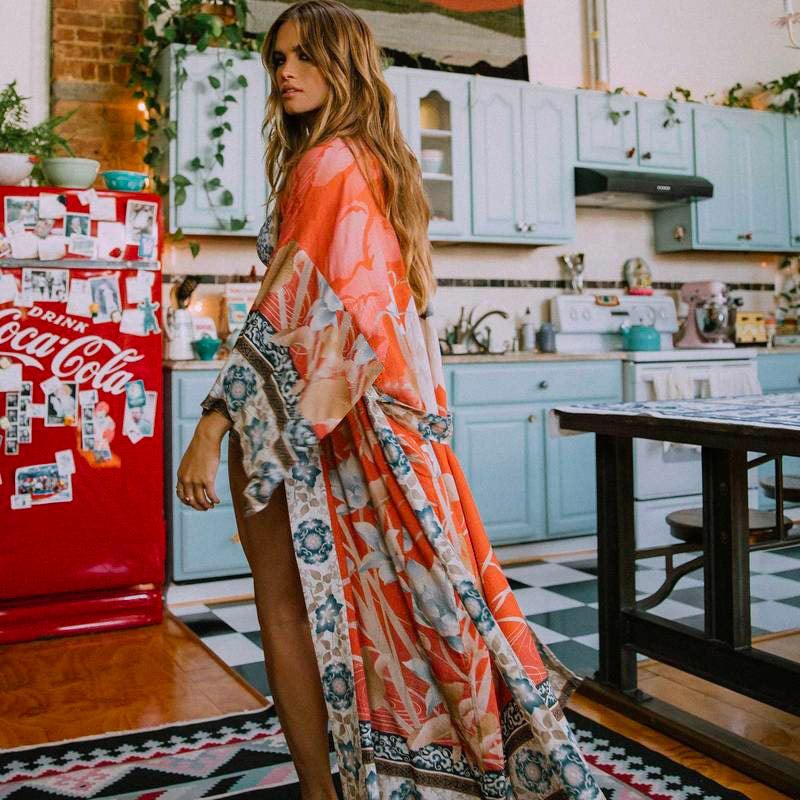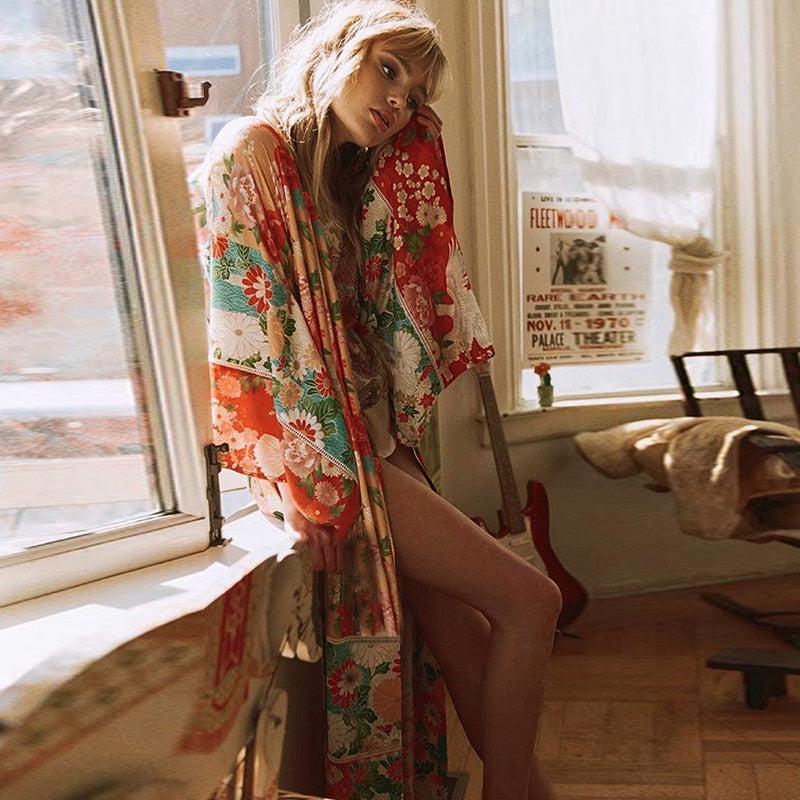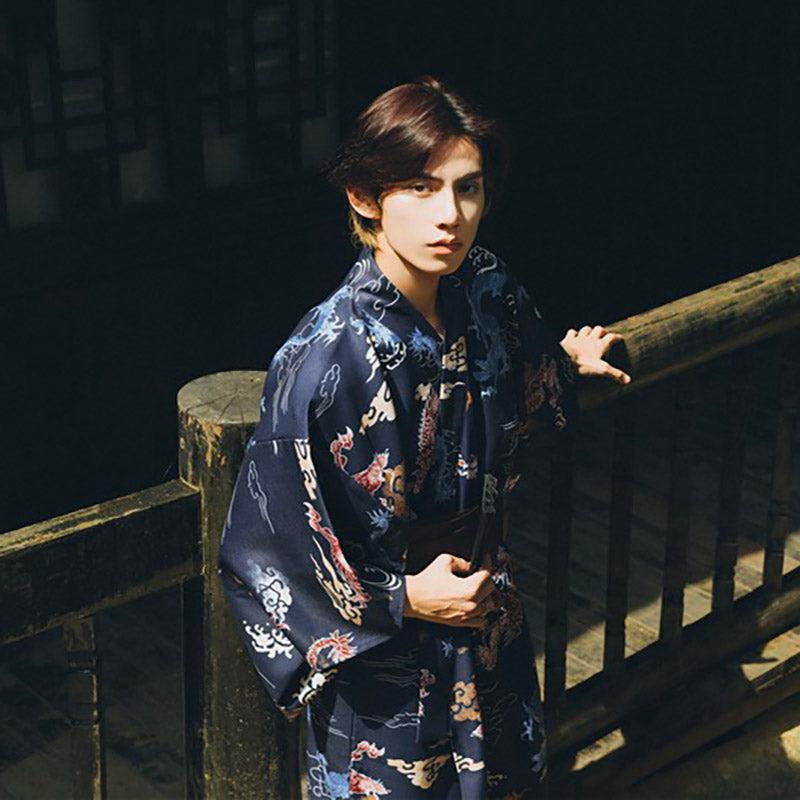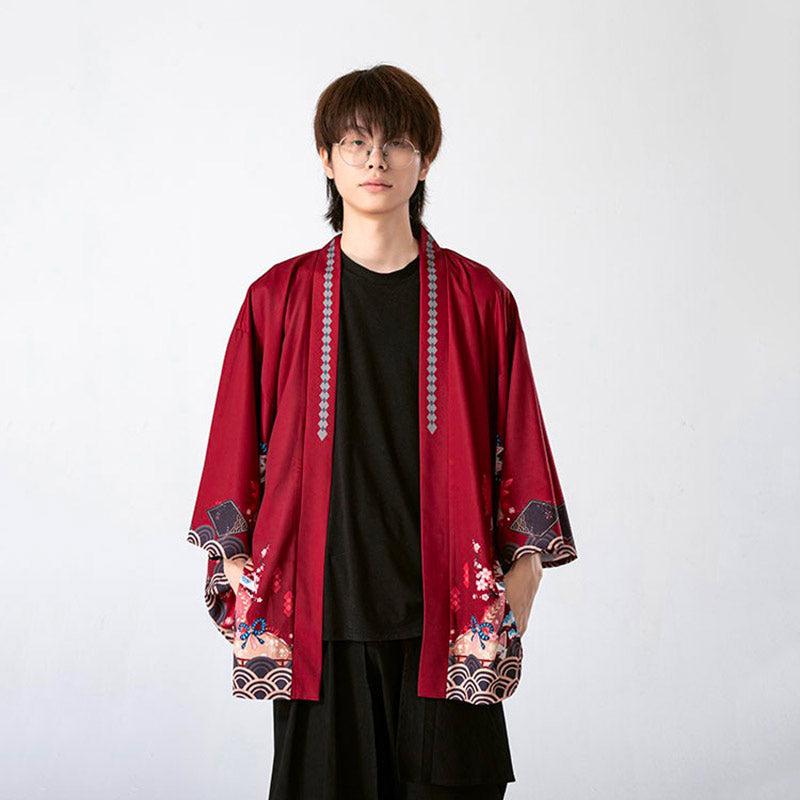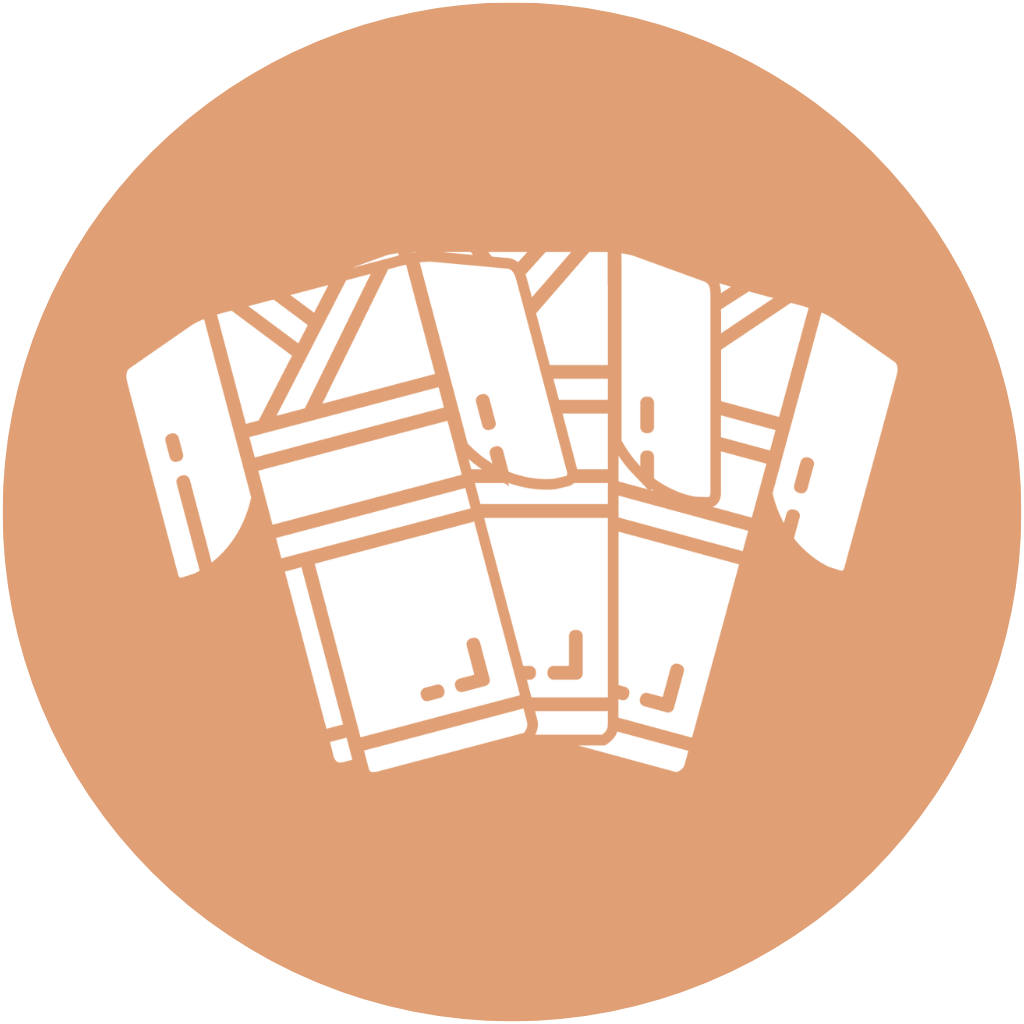
The Importance of Kimono in Japanese Culture
The History and Meaning of the Japanese Kimono
The Japanese kimono is a traditional garment that has been worn in Japan for centuries and still holds remarkable symbolic and historical significance today. Here we will explore the history and significance of the Japanese kimono and how it has become one of the most popular garments of the 21st century .

During the 8th century , early forms of the kimono were influenced by the traditional clothing of the Han Chinese , known today in Japan as Hanfu. Since Chinese culture frequently influenced Japanese fashion, the Japanese quickly adopted and adapted their style of dress, especially women's fashion.
The kimono has evolved into different styles and various sub-styles, such as the Kosode - a simple kimono that was once worn as an undergarment.
During the Edo period, from 1607 to 1867, many changes were made to the traditional kimono , with the addition of longer sleeves, as well as the obi, a thick belt that secured the layers of kimono and fabric around the waist. These garments became more popular among unmarried women.
The Importance of the Kimono among Geisha

Geisha are world-renowned traditional Japanese female entertainers , trained in various performing arts and also serving as hostesses, primarily to welcome male clients.
The kimono has long been a feature of geisha, as have white faces, hair ornaments such as flowers known as kanzashi , and their beautifully applied makeup. Training to become a geisha is expensive, running into tens of thousands of euros, most of which is spent on kanzashi, wigs, and, most importantly, the Japanese kimono .

Like other indigenous clothing traditions around the world, for geisha, the style of Japanese kimono depends on the season , festival , and event they are attending. The different colors and embroidery patterns also reflect the seniority of the geisha themselves.
A junior's collar will be primarily red with silver, gold , or white embroidery. When they reach their second and third years of training, the collar is embroidered with discreet white details when viewed from the front, then entirely white when they are fully formed geishas.
The Meaning of the Japanese Kimono

Each layer of the kimono represents an element of Japanese history , which gave rise to the style we know today. When the kimono first appeared in the eighth century, Heian noblewomen wore twelve layers, symbolizing both the seasons and the events of the peaceful Heian era, from 794 to 1192.
Many bloggers, like Jez Willard of The Japanese Shop and Guigui of Ichiban Japan , were surprised by the sophistication of these kimonos during their time in Japan. Jez comments: "I remember seeing women wearing brightly colored kimonos for the first time on my first of many trips to the beautiful city of Kyoto. When I lived in Japan, I became accustomed to seeing them worn on special occasions or when visiting temples and shrines. I was amazed to learn that it's not just about putting on a kimono, but that there are many layers and aspects to a kimono ."

The Japanese kimono is an important part of formal attire at weddings and tea ceremonies , and sumo wrestlers are required to wear this traditional garment whenever they appear in public.
All styles are hand-sewn , decorated with different patterns and colors depending on the occasion or season, and use material made from silk, linen, and hemp. Single and repeated patterns on a women's kimono are considered informal , while patterns created in a free style are considered the formal choice.
The different types of kimono
Iromuji - Worn by both married and unmarried women, this colorful kimono is primarily worn during tea ceremonies and is made of dyed silk.
Homongi - Translated as "visiting attire," this piece is often worn by the bride's friends at a wedding, whether they are married or not. The pattern it is adorned with flows over the shoulders, seams, and sleeves.
Komon - The komon is known as a casual style kimono and can be worn around town for shopping or to restaurants with a formal obi.
Furisode - Color patterns and designs cover the entire furisode, and it is also known for its "floating sleeves," which average 99 to 106 cm. They are worn by unmarried women for formal occasions.
Mofuku - This style is worn by both men and women as a traditional mourning dress. Plain black silk is layered over white underwear, and all accessories are also black.

Japanese Kimonos for Women
Besides the meaning of each individual style , subtle social messages are woven into the kimono tradition, particularly for women . These messages may reflect and allude to their marital status, their age, and the occasion they are attending.
 Kimonos for young Japanese women, including children, have longer sleeves if they are not married and tend to be more formal.
Kimonos for young Japanese women, including children, have longer sleeves if they are not married and tend to be more formal.
Feel free to explore our collection of Japanese kimono for women to discover the unique experience of high-quality clothing.

